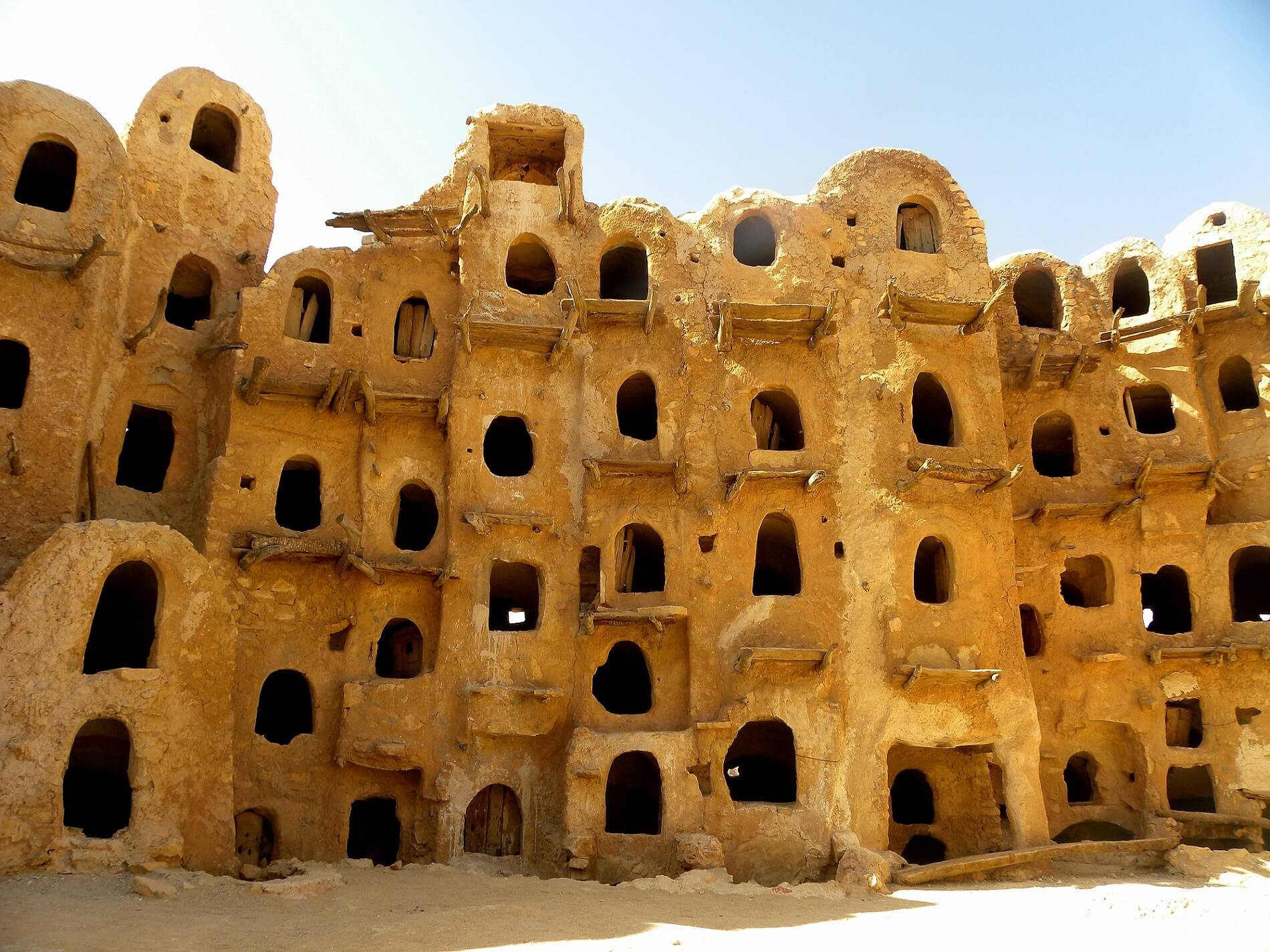After Bernardino Leon presented parties involved in the UNSMIL-backed negotiations process with a fifth draft peace agreement document at the start of last week, the negotiations process has entered yet another dead phase. In fact, last Tuesday the GNC negotiating team was quick to withdraw from the Moroccan city of Skhirat to return to Tripoli and discuss within the broader rump insitution amendments proposed by the HoR and picked up by Bernardino Leon in the latest iteration of the proposed peace agreement.
Even though the GNC team is expected to return to Skhirat sometimes during the coming week to present its position on the latest draft, it is reasonable to expect that nothing concrete will emerge in the coming days. In fact, as of Sunday 5 July, the leadership of the Muslim Broterhood-affiliated Justice and Construction Party reiterated its convintion that the current draft proposed by UNSMIL must be further re-discussed and re-calibrated before it can be approved. As a result, ather unsurprisingly, rumours started circulating that the Tobruk-based PM Abdalah Thinni expects ongoing negotiations to last until December 2015. Another six months window seems then to be required before any kind of deal can be finalised in Liybya. Overall, in fact, it appers that both sides involved in negotiations are still too scared to abandon them for fear of being marginalised or stigmatised by international actors and stakeholers engaging Libya, but they also have no intention of making real concessions to their advesaries, especially as both groups fear their marginalisation in the next phase of the country's post-revolutionary trajectory.
Meanwhile, details are starting to emerge with regards to the June drone strike carried out by the US in Libya, near Ajdabiya, and allegedly targeting the infamous al-Qaeda affialiate Omar Belmokhtar. As of last Thursday, in fact, news broke that US officials believe Seifallah Ben Hassine, the leader of the Tunisian radical Islamist organization Ansar al-Shari’a, was killed in the strike. If confirmed, this news would provide even more strength to the arguments of those that see Libya as the key enabling factor facilitating the rampage of Jihadist violence that has recently hit Tunisia. For example through the shootings at the Bardo Museum and at a beach in Sousse, but also through the targeted killing of high-profile left-leaning politicians. Further details on this issue nad news item can be found in this article published by the New York Times:
Tunisia’s most wanted jihadist, who masterminded a campaign of assassinations and terrorist attacks, including one against the United States Embassy in Tunis, was killed in an American airstrike in Libya in mid-June that had targeted another Al Qaeda leader, a senior United States official said on Thursday.The jihadist, Seifallah Ben Hassine, also known as Abu Ayadh, was one of Osama bin Laden’s top lieutenants and the leader of the outlawed group Ansar al-Shariah in Tunisia. He had been based in Libya since 2013, according to reports, and ran training camps and a network of militant cells across the region.

